Eel grass 'expanded significantly' around coast
Fri, 13 Dec 2019
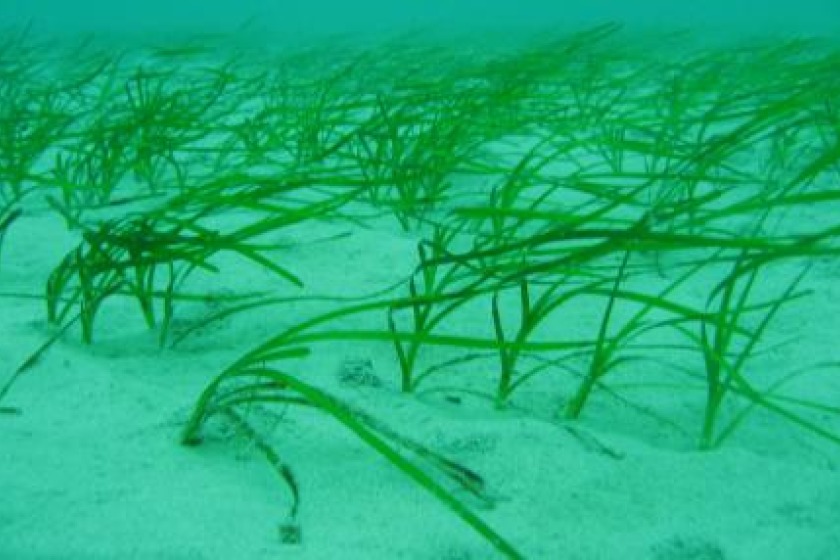 Credit: Polly Whyte via Manx Wildlife Trust
Credit: Polly Whyte via Manx Wildlife Trust
An underwater plant species which can store carbon 35 times faster than a tropical forest has ‘expanded significantly’ in Manx waters, since the creation of the Island’s first marine nature reserve.
Eel grass, also known as sea grass, cleans the ocean by absorbing polluting nutrients, while also absorbing carbon dioxide and producing oxygen, and is found in four areas around the Island’s coast including Ramsey Bay.
Since the 1930s, marine scientists estimate that eel grass meadows have declined by 90% in the North Atlantic; initially due to disease, but subsequently due to pollution, poorly-managed coastal development and other human activities. Globally, the various sea grass habitats have been declining at around 7% per year, so they have become an important focus for conservation.
A recent survey by the Department of Environment, Food and Agriculture, using specialist underwater camera equipment, revealed this special plant had ‘expanded significantly’ in Ramsey Bay Marine Nature Reserve (MNR).
In 2011, when Ramsey Bay was designated a MNR, the area set aside to protect eel grass was about 0.5 km2, in the south-west corner of the bay. The new survey found its coverage is now around 2 km2, and stretches from above Queen’s pier eastwards to beyond Stack Mooar. .
DEFA’s Senior Marine Environment Officer, Dr Peter Duncan, said it acts as a nursery for a wide variety of marine life including fish, crabs and lobsters and that particularly dense areas were found around the end of Queen’s Pier and off Port e Vullen.
He said: ‘As well as these biological and fisheries services, eelgrass meadows are now being seen as important carbon sinks in the marine environment, storing carbon in the plant above and below the sediment, but also slowing the release of carbon trapped in the sediment. ‘Blue-carbon’, the carbon absorbed and stored in our marine habitats, will become increasingly important as we aim for a carbon-neutral island, so it’s vital that we understand and protect these areas’.
Eel grass is also found in Baie ny Carrickey, near Port St Mary, in Laxey Bay and in Langness Marine Nature Reserves where it grows in shallow waters on sandy seabeds, in which they form a root network, binding the seabed together and enabling the plants to form large underwater green meadows.
Building on the success, the Isle of Man is also assisting a UK-based restoration project by Swansea University, which aims to collect one million sea-grass seeds from around the British Isles, germinate them and restore some of Britain’s sea grass beds lost in the last century.
The Manx work is being undertaken by the volunteer organisation Isle of Man Seasearch under strict DEFA controls with divers harvesting seeds from Ramsey Bay before they are sent to Wales for germination.
It is hoped the collaboration will lead to seeds being collected and germinated on island and reintroduced in areas where the plant has disappeared completely, such as Port Erin Bay MNR.
Subscribe to get Energy FM News direct to your mobile device
You can get Energy FM News delivered direct to your mobile device using one of the following methods.
- In the Apple News App on iOS search for Energy FM IOM and then just add it to your favourites
- In the Google News & Weather App just search for Energy FM and then add us as a customised section
- If you use an RSS Reader then just add our feed to your app, click here for our news RSS feed
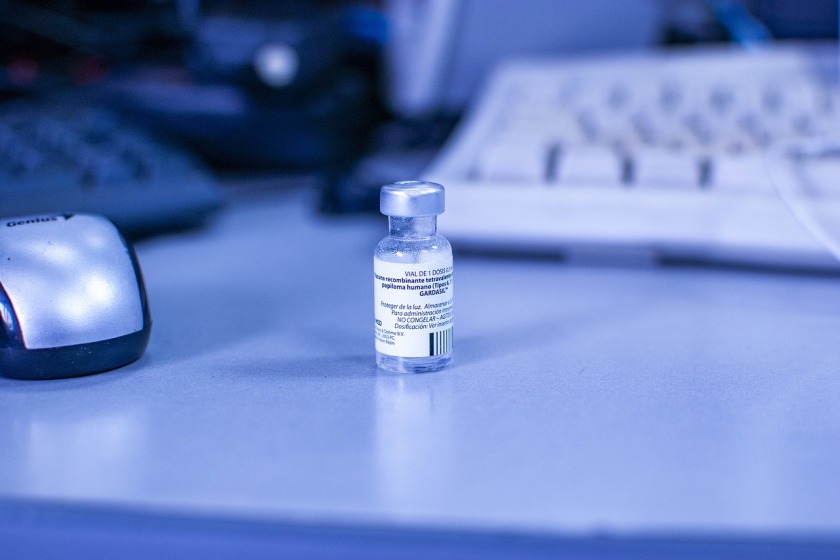 Fri, 29 Dec 2023
Fri, 29 Dec 2023
 Fri, 29 Dec 2023
Fri, 29 Dec 2023
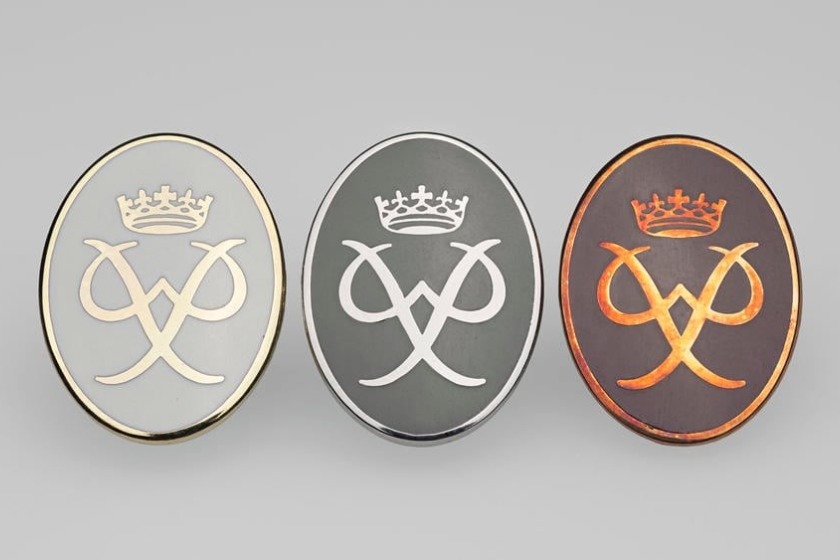 Fri, 29 Dec 2023
Fri, 29 Dec 2023
 Fri, 29 Dec 2023
Fri, 29 Dec 2023
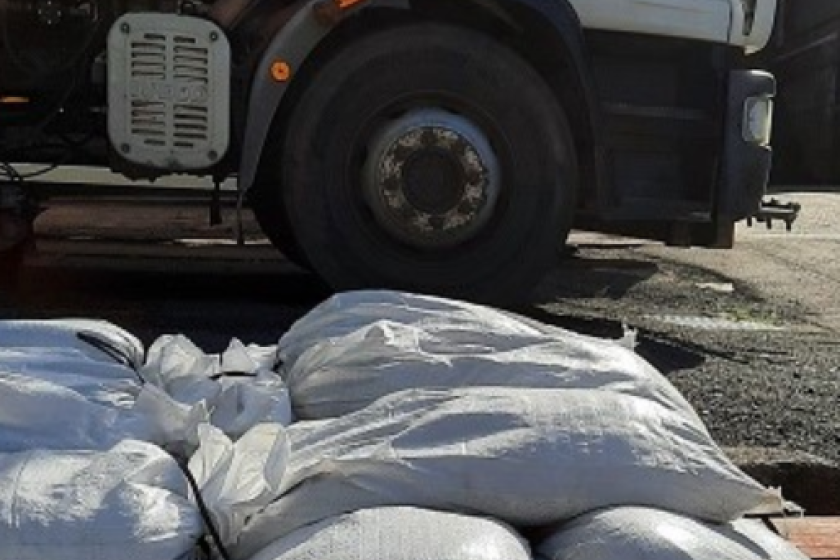 Fri, 29 Dec 2023
Fri, 29 Dec 2023
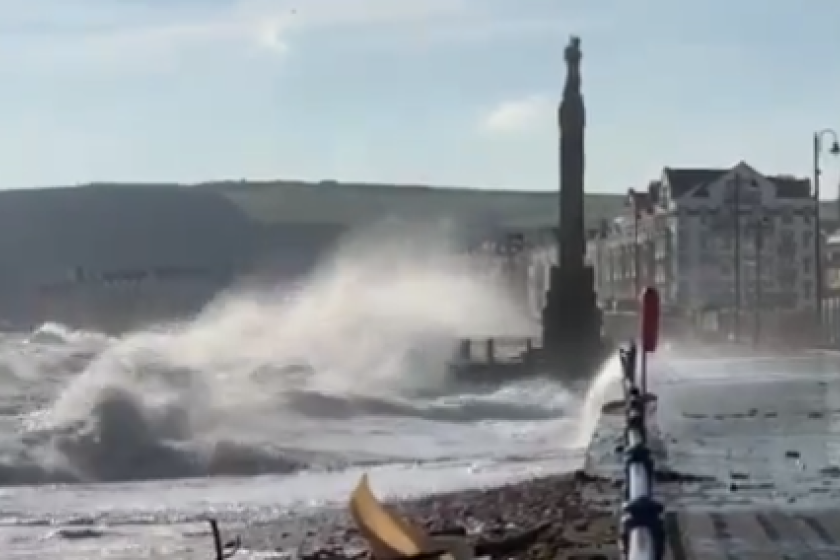 Thu, 28 Dec 2023
Thu, 28 Dec 2023
 Thu, 28 Dec 2023
Thu, 28 Dec 2023
 Thu, 28 Dec 2023
Thu, 28 Dec 2023
 Wed, 27 Dec 2023
Wed, 27 Dec 2023